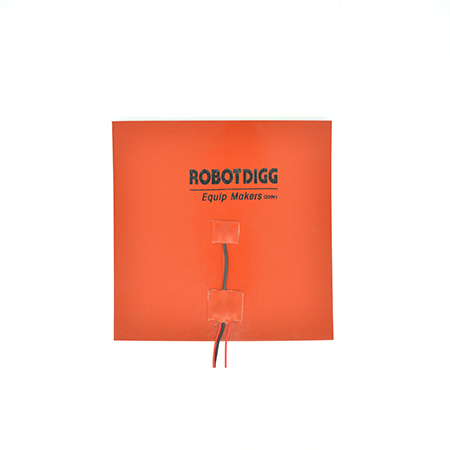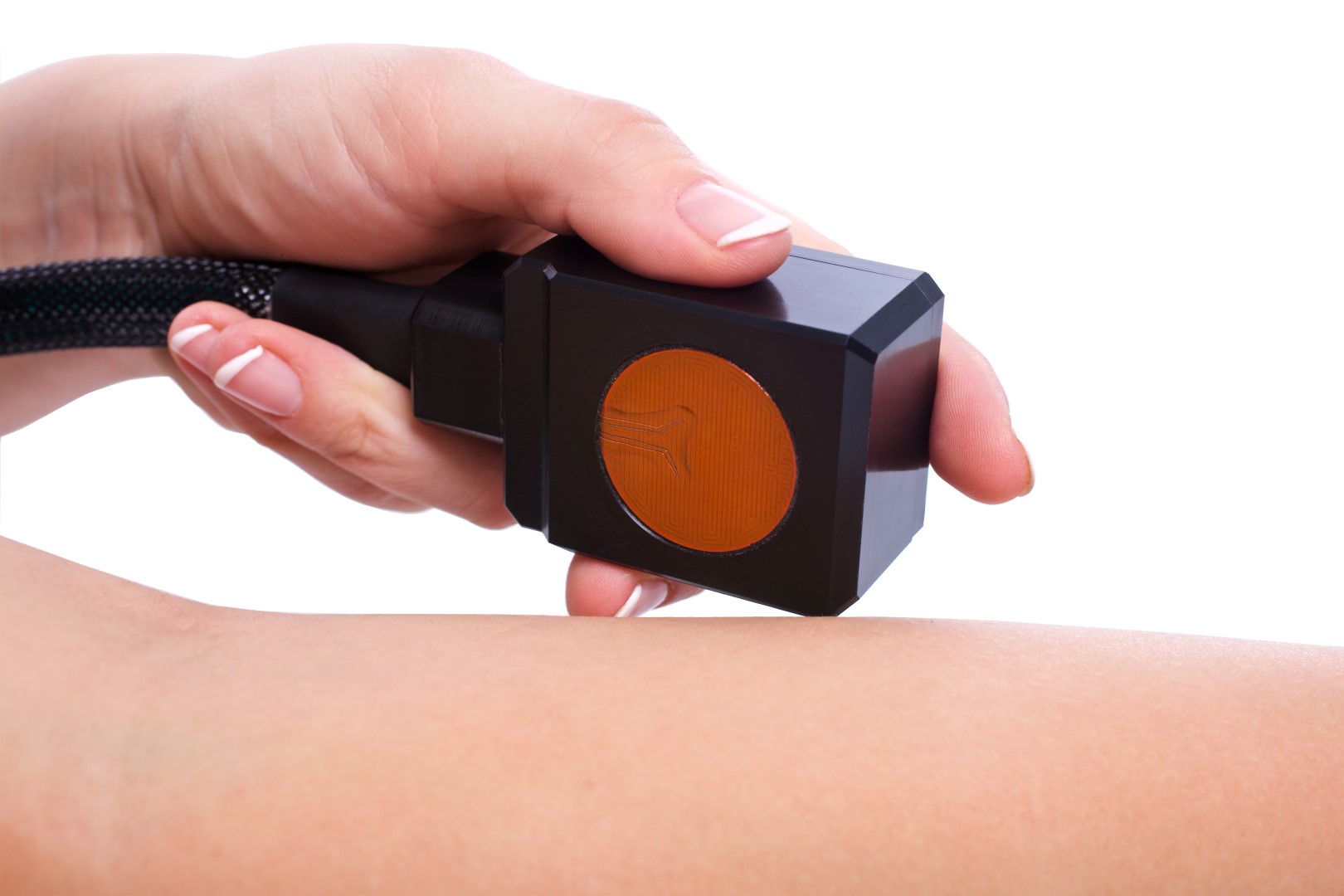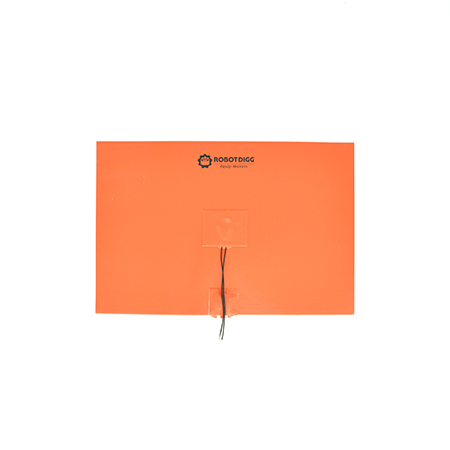Flexible Silicone Rubber Heaters
Flexible heater element Silicone Rubber Heater
Silicone Rubber Heater have wire-wound or etched foil heating elements protected by fiberglass-reinforced silicone rubber vulcanized and compressed at high temperature and press.
They are thin, bendable and shaped to fit almost any equipment. Heat can be applied to the most complex shapes, geometries, curves and pipes conceivable without sacrificing efficiency or dependability.
Technical Parameters:
1 )Maximum temperature resistance of insulator: 300℃
2 )Maximum operation temperature: 250℃
3 )Insulation resistance: ≥500 MΩ/DC 1000V
4 )Breakdown voltage: ≥ AC1500v/5S
5 )Capacity tolerance: ±5%
6 )Temperature range: -60℃—250℃ continuous heating
7 )Heating element: Available with either etched foil or wire-wound elements
8 )Dimension: Maximum 1.2 meters, Minimum 15mm×15mm; Thickness 1.5mm(Thinnest 0.8mm, Thickest 4.5mm), lead wire length: standard 100mm.
INSTALLATION:
1 ) with backing PSA (Pressure Sensitive Adhesive or called self adhesive, self stick adhesive) as 3M PSA
2 ) with vulcanization or curing and compression at high temperature and press
3 ) with spring and hole or eyelet
4 ) with clamps

Why flexible silicone rubber heater?
BENEFITS:1 )Heating evenly,accurate and adjustable
2 )various shapes, holes, cutouts, profiled watt densities and multiple voltages
3 )Put heat exactly where it is required
4 )High dielectric strength, flexibility, bendable and cost effective
5 )Resistance to temperature extremes, moisture, weathering, radiation, fungus and chemical
6 )Heat can be applied to the most complex shapes, geometries, curves and pipes conceivable without sacrificing efficiency or dependability
7 )Easily bonded and/or mechanically mounted, even onto the curving surface.
APPLICATION:
1) Thermal developing in graphic imaging or heating transfer printing equipment
2) Prevent condensation in motors or instrument cabinets;
3) Freeze or condensation prevention in housings containing electronic equipment, for example, liquid battery, traffic signal boxes, automatic teller machines, temperature control panels, gas or liquid control valve housings
4) Composite bonding processes
5) Semiconductor process heating
6) Food service equipment
7) Airplane engine heaters and aerospace industry
8) Drums and other vessels and viscosity control and asphalt storage
9) Medical equipment such as blood analyzers, medical respirators, test tube heaters, etc. Especially in this innovative world of health self-diagnosis instrument

Silicone rubber heaters can be put onto the surface of the heating element to have an effect by thermal conductivity.
10) Curing of plastic laminates
11) Computer peripherals such as laser printers, duplicating machines
A wide range of silicone rubber heater from RobotDigg can be powered by both low voltage as 3V, 4V, 5V, 6V, 12V or 24V and high voltage as 230v, 240v, 380v etc
